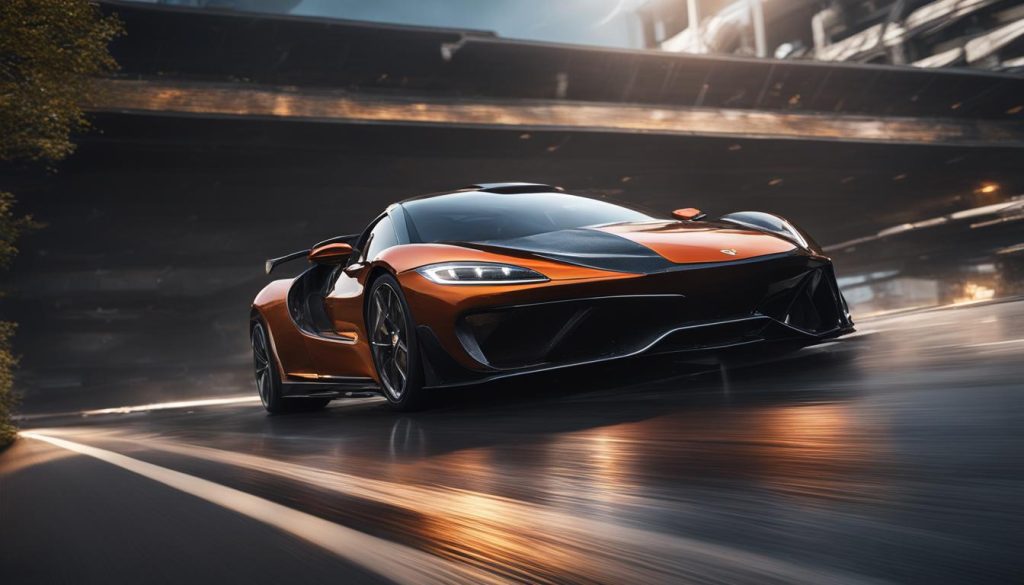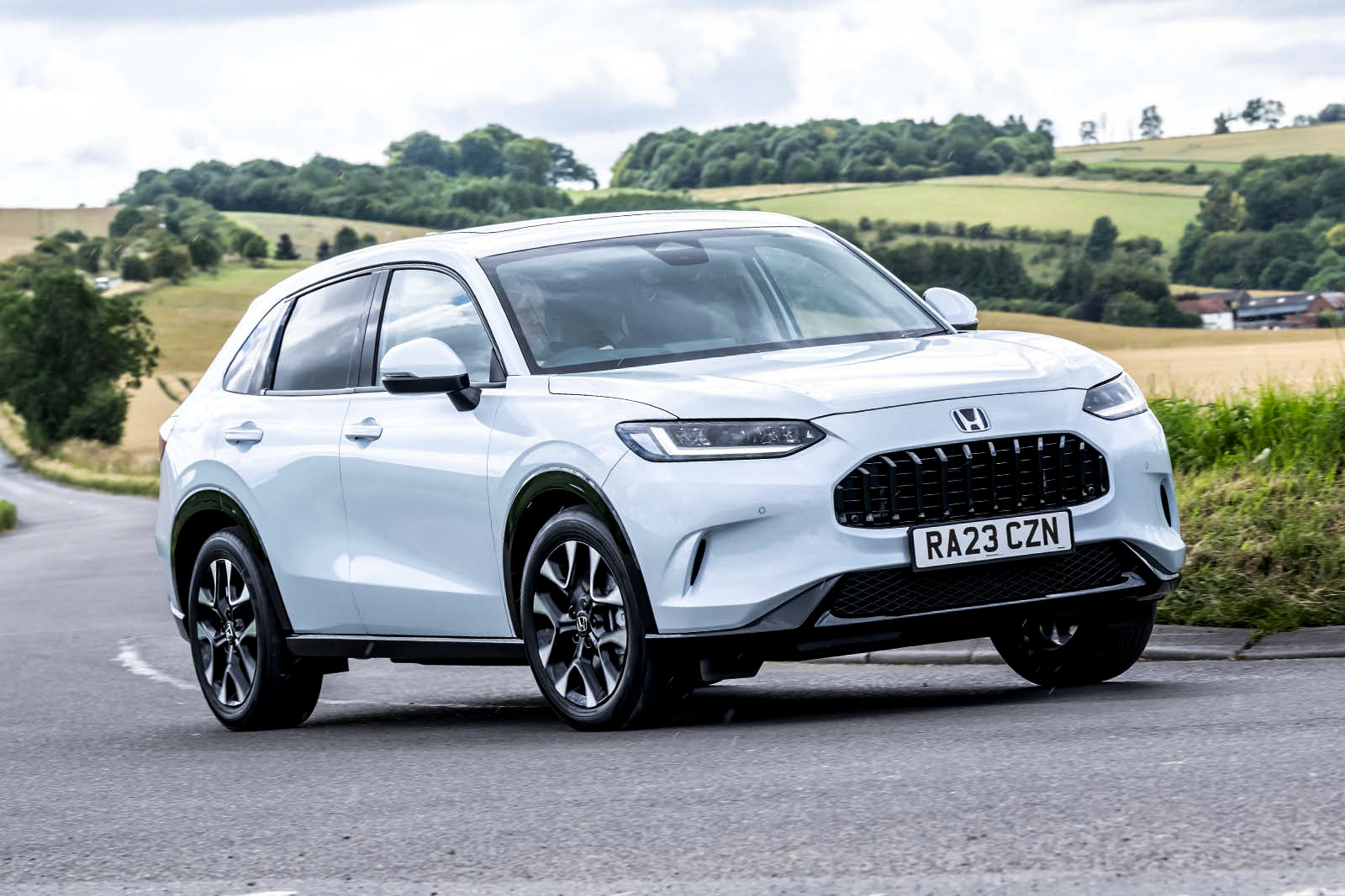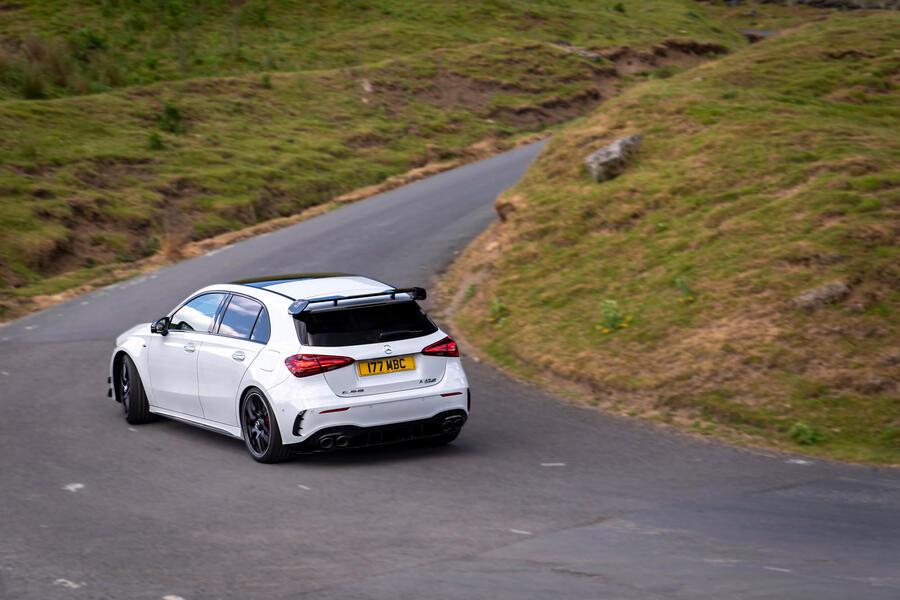In a way, that shouldn’t surprise: no Lotus ever weighed two and a half tonnes. But still, if you come expecting family DNA, by which I mean overtly communicative steering, tremendous agility and poise and yet a mysteriously pliant ride, you won’t find it. Engineers from the UK have gone to visit the Eletre in Germany, but it’s a relative stranger to the pockmarked and bucking roads of Norfolk.
Instead it gets rolling with a firm composure, which isn’t surprising given the 275/40 and – how’s this for width? – 315/35 Pirelli P Zero-shod 22in wheels. The 23in optional wheels are not particularly recommended by Lotus’s dynamics specialists, while a low-drag 20in design is a no-cost option partly responsible for the low drag coefficient and optimum range.
With this all comes isolation, too, though. Any ‘iconic’ (ie fake) motor noises are notable by their absence and active sound compensation in the cabin is said to reduce overall noise levels by as much as 5dBA.Throttle response at low speed is generously proportioned. Ease your foot in and it responds gently. It takes a big flex of the ankle for the Eletre to accelerate with the force that it ultimately can.As speeds rise, it displays a relative compliance in its regular Tour driving mode, absorbing small surface ripples deftly but still moving all of apiece across cambers and dips or crests.
Things are tighter in Sport, but bump absorption remains acceptable. Either way, there’s always a solidity behind it. The idea of an active anti-roll bar, especially a powerful 48V one, is to quickly stiffen to counter hefty body movements and cornering forces, then ease off in a straight line. But even at a cruise, what happens to one side always seems to affect the other. It doesn’t feel like everything slackens entirely. Not like, say, the easing off of the weaker, slower, 12V set-up on a Rolls-Royce – although, of course, that has different aims.
By comparison, cornering lean is certainly minimal, with only a short and quick roll allowed before the car settles into a planted, secure stance. With equal power to distribute front or rear, there’s little hint of understeer or oversteer. On the road, those would require brain-out ambition and great visibility. It’s a new character. Test an Emira against, say, a 718 Cayman and the Porsche feels more hard-wired to the asphalt. I could imagine testing an Eletre after a Cayenne and the two seeming not so dissimilar.
#Lotus #Eletre #Review #Autocar












